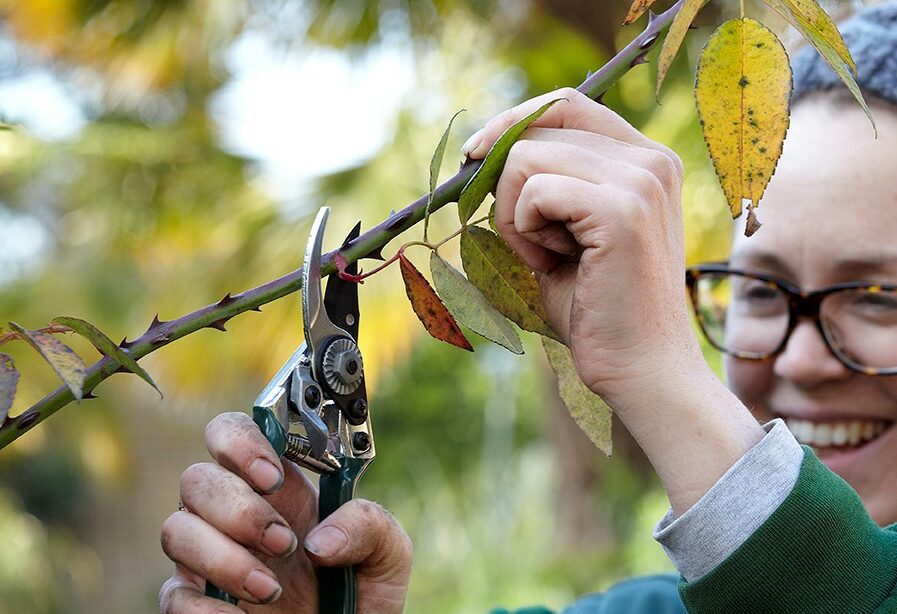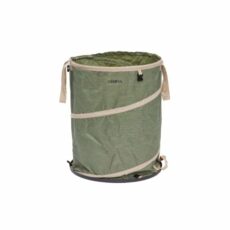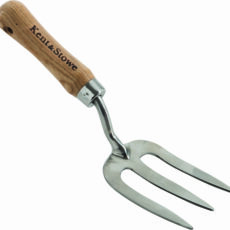Pruning is such a significant process in caring for your garden. In spring, pruning is a fantastic opportunity to encourage an increase in blooms and foliage across a vast range of plants.
It also gives you a chance to focus on the shaping of your plants, as you can discard diseased and dying/dead stems and prune to your desired look.
What Plants Should Be Pruned In Spring
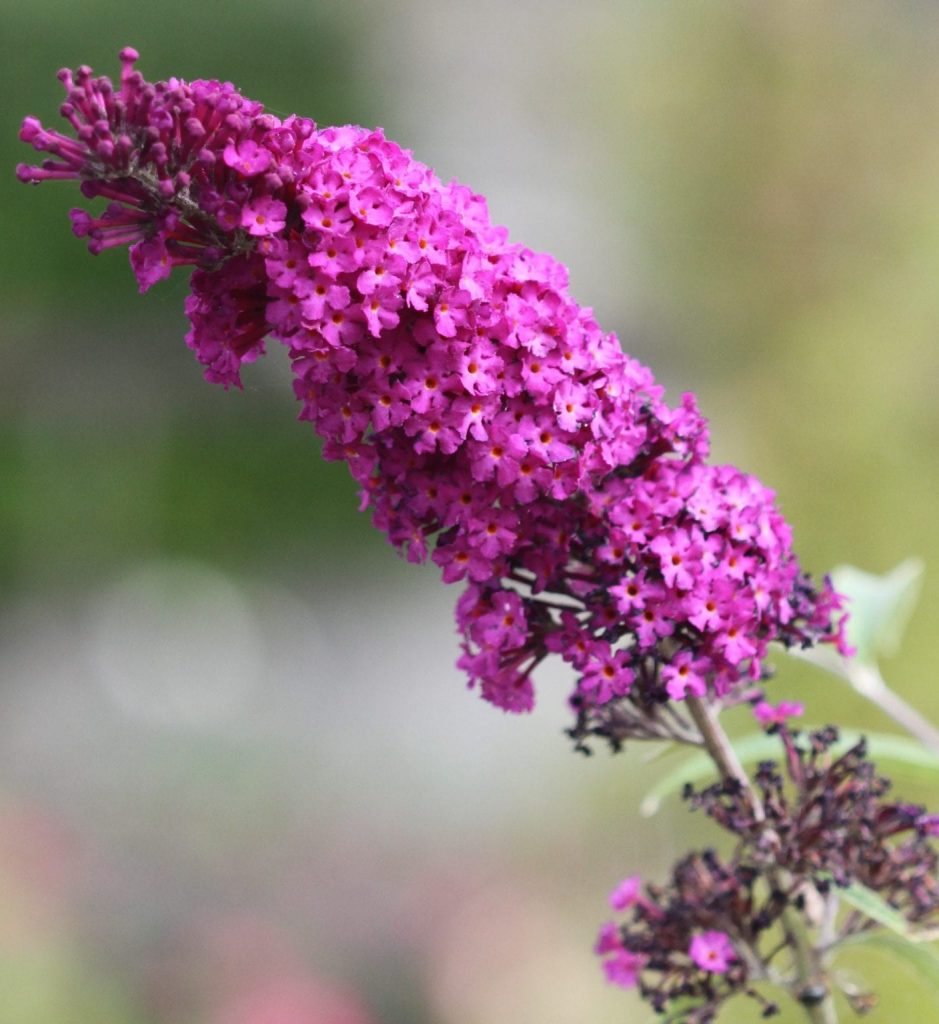
Pruning in spring allows for new growth. It’s also a fantastic way of reintroducing yourself to the garden after those cold winter months.
Hillier’s top choices for pruning in spring:
- Buddleja
- Fuchsia*
- Hydrangea
- Rose
- Cistus
- Cotinus
- Weigela*
- Winter seedheads and stems
*Also cut back after flowering
Hillier Top Tip: Place any cuttings you have made in your compost heap, as insects may still be using them.
Below are the plants we frequently get asked about pruning and Hillier top tips to help you make the most of your garden favourites.
Tips For Pruning Hydrangeas In Spring
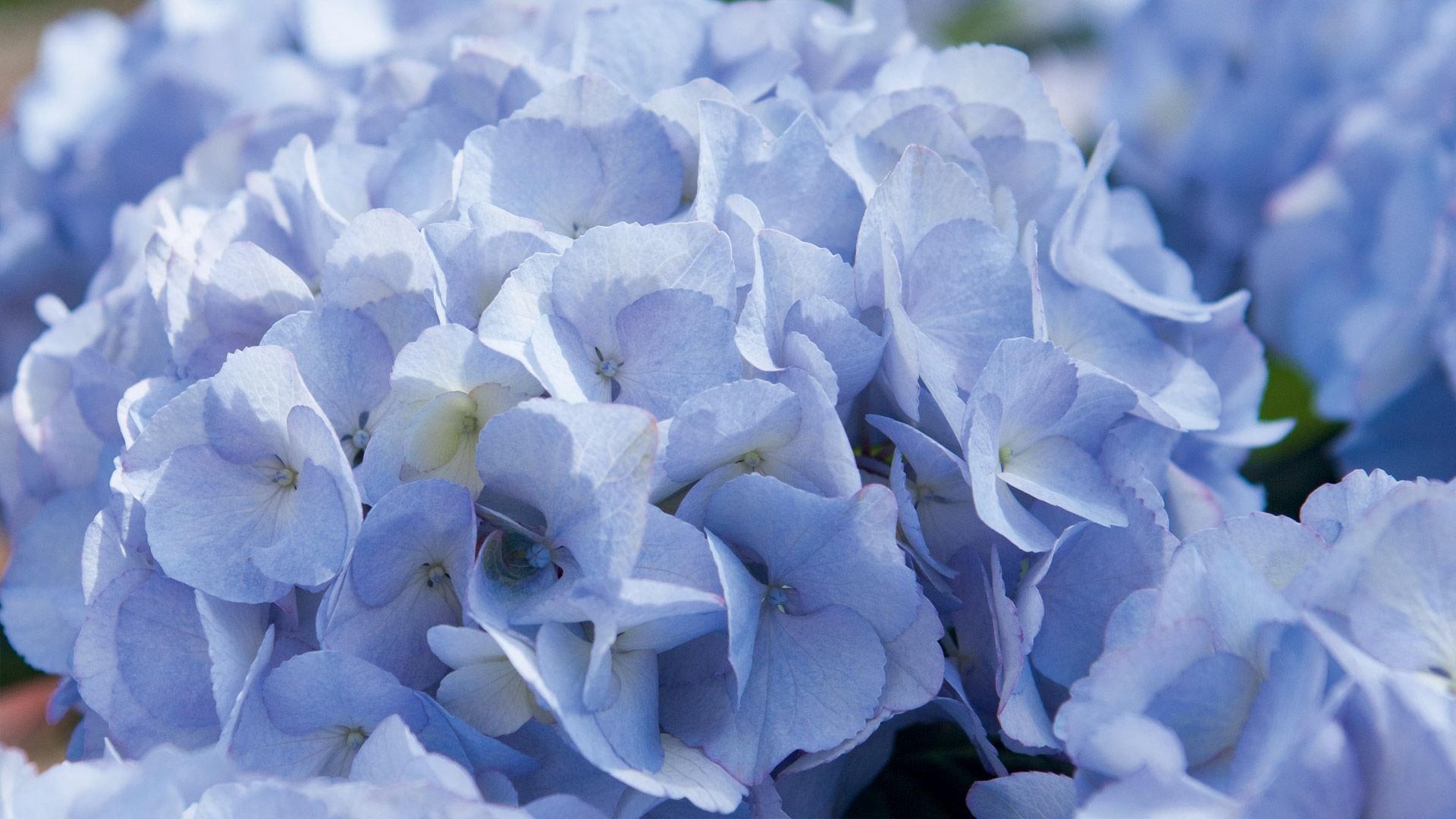
Pruning Hydrangeas in spring gives them a fresh lease of life and gives them an opportunity to produce stronger growth and support the large flowers.
How to Prune Hydrangeas:
- The flowerheads that were kept on during the winter to protect the buds beneath can now be removed to just above the buds. Be careful when removing these as the buds are fragile and it’s easy to accidentally knock them off. Using the tip of sharp secateurs will ensure a precise removal.
- Use an angular cut to remove selected stems and prevent overcrowding.
- Remove any stems that are frail from the base of the plant or any stems that may be diseased or dying.
- To encourage new shoots to grow, remove a few large, older stems very close to the base. The new shoots will then develop over a couple of years and provide wonderful flowers for years to come.
Note: Climbing hydrangeas should only be pruned once they have flowered in the summer.
Tips For Pruning Roses In Spring
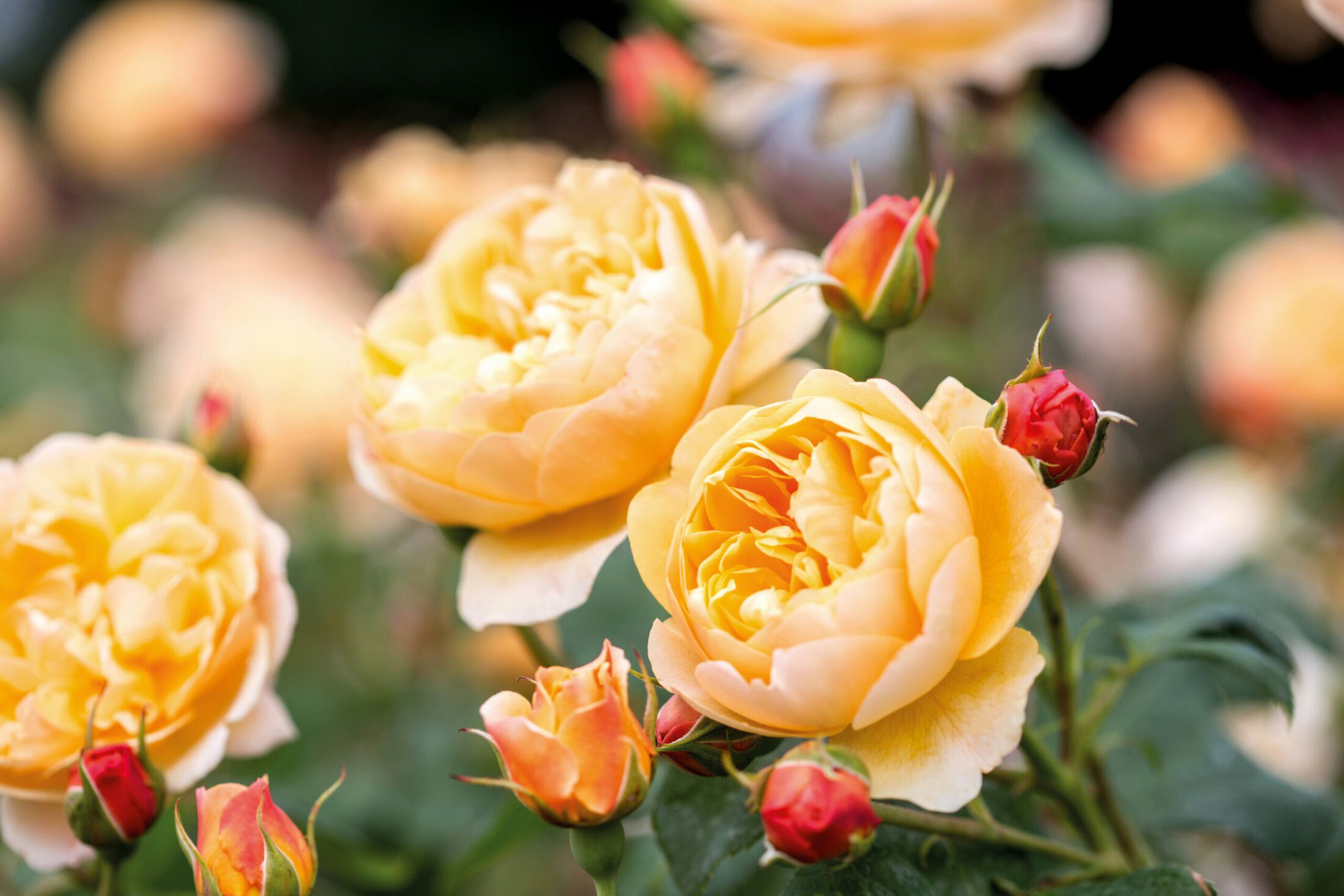
The benefits of pruning your Roses during the spring months include an increase in branching for more flowers and an improvement in their health and appearance.
How to Prune Roses:
- When cutting, ensure that you go no further than 5mm above the bud and cut at an angle to be certain that water will not accumulate on the bud itself. Cutting close to the bud will ultimately reduce the risk of dieback.
- Use sharp secateurs to keep your cuts clean when working on smaller stems, or a pruning saw for the larger ones.
- Be certain to eliminate all dead or diseased stems to encourage healthy growth.
- Keep the spacing between stems in mind to allow for air to flow freely.
- On mature Roses, prune back old stems that are no longer producing new shoots.
- Unless you are pruning shrub or climbing Roses, be certain to prune new Roses hard to give them the best chance to grow strong shoots.
Tips For Pruning Clematis In Spring
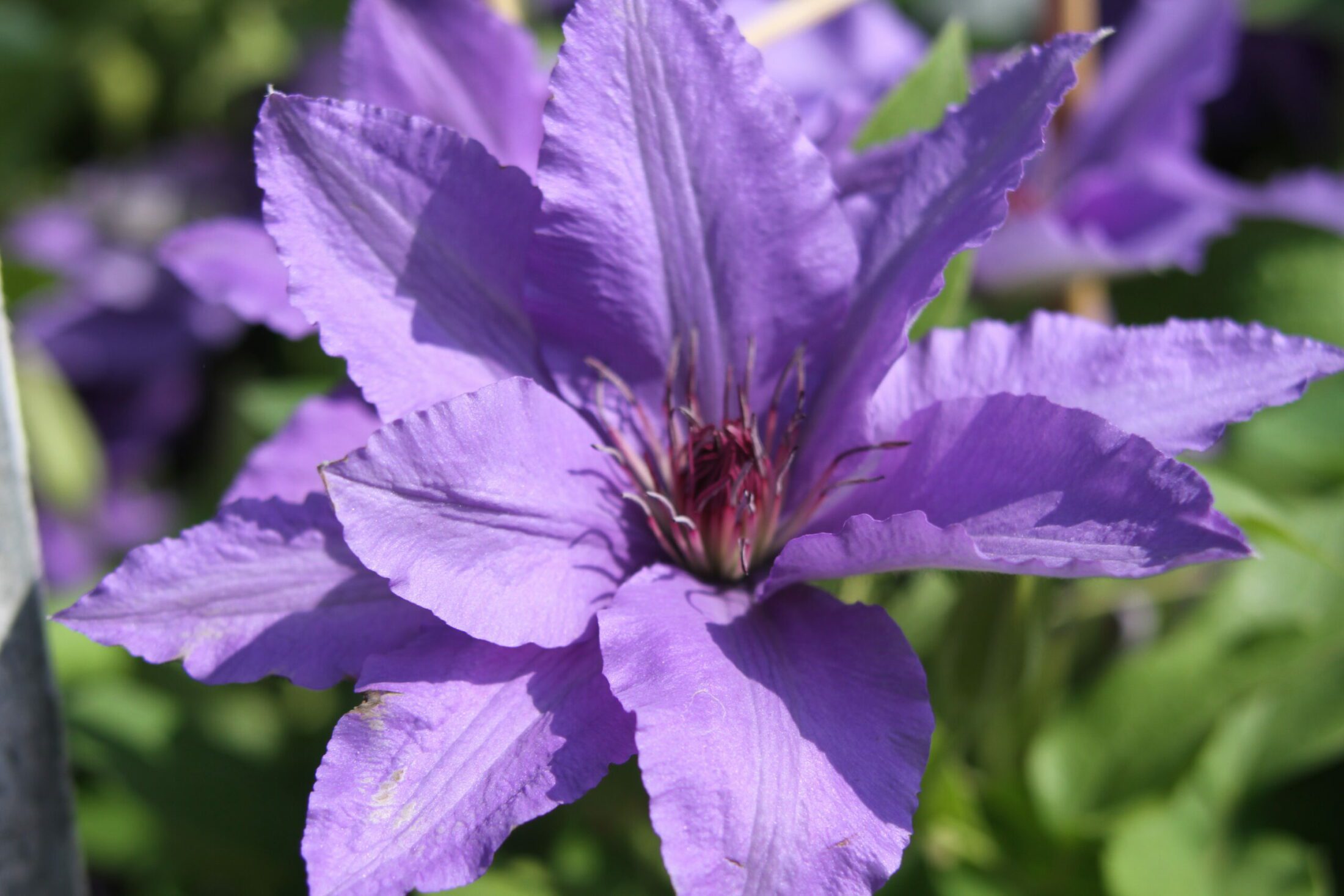
Pruning clematis in spring can promote healthy flowering and growth while maintaining a tidy appearance.
How to Prune Group 3 Clematis:
- Stems should be cut just above a bud.
- Cut back all stems to around 20cm from ground level.
- Pinch emerging shoots to a lower bud as new growth emerges to encourage increased branching.
Hillier Top Tip: Once you have completed your pruning, be sure to use a substantial layer of garden compost or well-rotted manure to mulch your plants and give them a much-needed spring lift.
Find out how you can prepare your garden for spring and discover our guide to what to prune when.
Was This Article Helpful?
Join the Hillier Gardening Club to get the latest gardening news and advice
Find Out More

